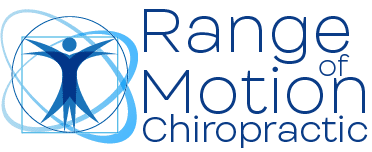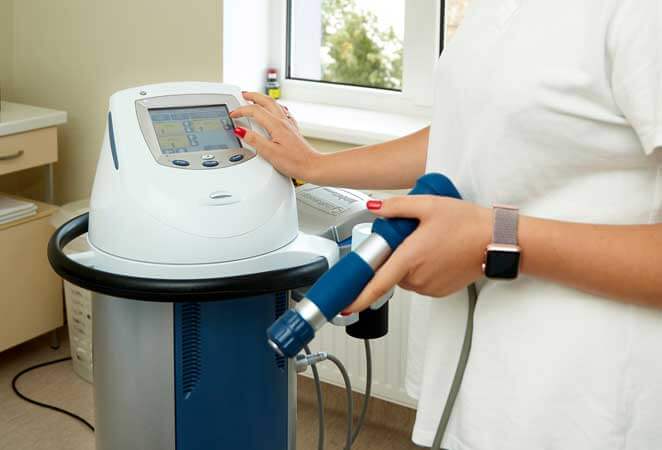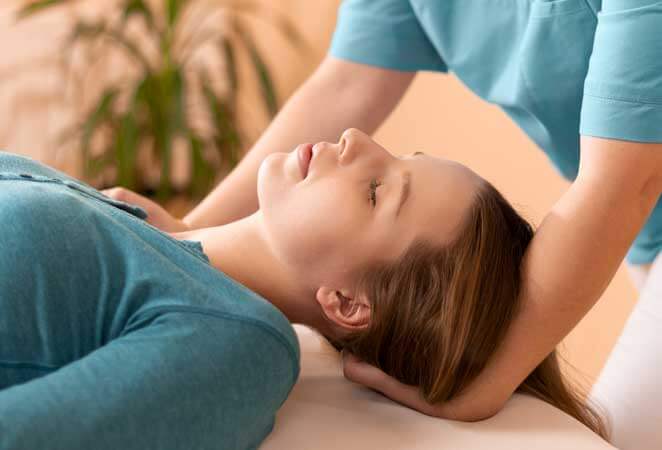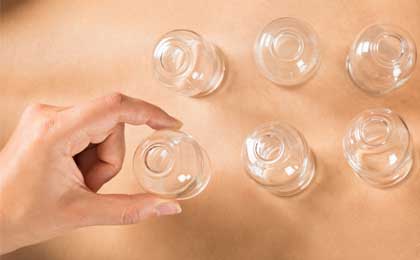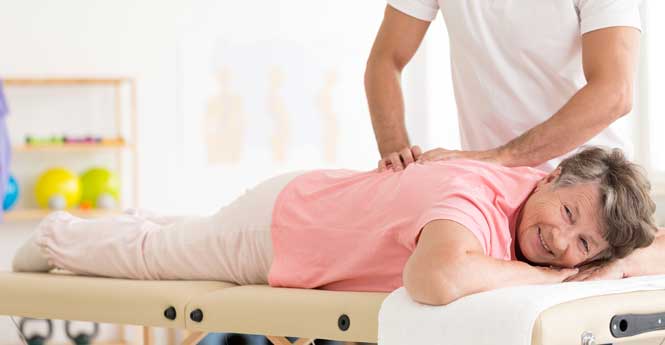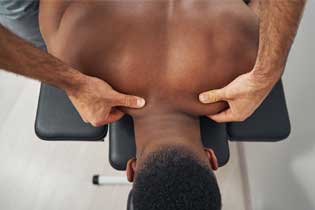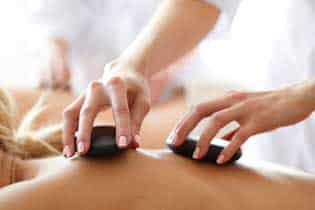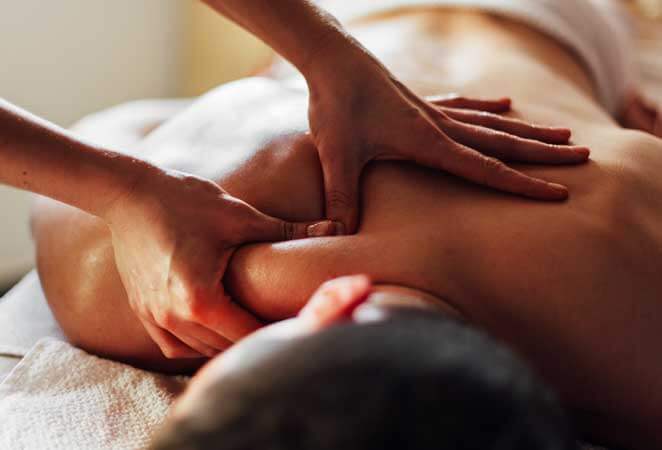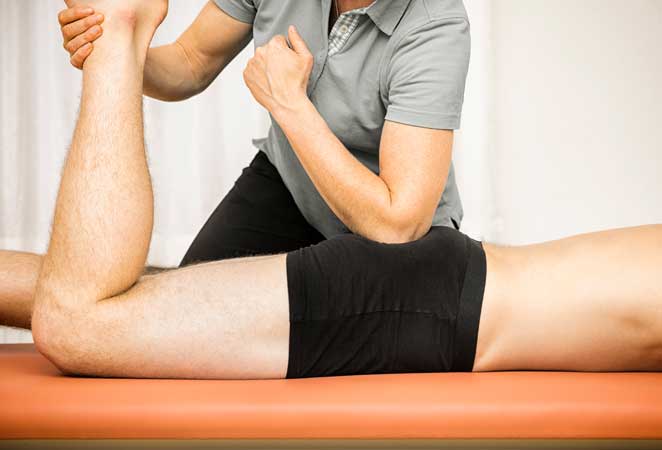services
Accelerated Recovery Performance
ARP (Accelerated Recovery Performance) is a system that combines proprietary technology and protocols to accelerate the body’s natural healing process. It utilizes bio-electrical currents and active range-of-motion exercises to stimulate the nervous system and promote healing.
The ARP system aims to relax and elongate muscles, reduce scar tissue formation, and enhance the recovery of soft tissue injuries. It uses low-voltage electrical currents to penetrate injured muscle tissue and break down existing scar tissue. The electrical stimulation provided by the ARP system can be beneficial for injured muscles.
By targeting the injury at its source and eliminating inflammation, the ARP system is designed to dramatically accelerate the recovery of soft tissue injuries and potentially eliminate the need for surgery. It embraces the concept of neurological rehabilitation and treatment for all soft tissue injuries, as it considers them to have a neurological origin.
Chiropractic Adjustment
Chiropractic manipulation, also known as spinal manipulation or chiropractic adjustment, is a technique used by chiropractors to restore normal motion to joints in the spine, pelvis, or extremities. When an injury occurs, these joints may become restricted and lose their normal range of motion. Chiropractic adjustments aim to mobilize these restricted areas and bring them back to their proper movement patterns.
The specific technique used for manipulation may vary depending on the diagnosed condition and the individual patient being treated. Chiropractors undergo extensive training to assess and determine the best approach for each case. Manipulations can be applied to the neck, low back, and other extremities.
The goal of chiropractic adjustments is to decrease pain, improve range of motion, and facilitate the healing process. By restoring proper joint motion, chiropractic care can help alleviate pain and discomfort, enhance mobility, and enhance the body’s natural ability through the healing process.
Graston® Technique
- Graston Technique is a manual instrument-assisted soft tissue mobilization technique that is utilized by chiropractors and other healthcare professionals to address various soft tissue issues. The technique involves the use of specialized tools made of stainless steel to locate and treat areas of the body that have fibrosis, fascial restrictions, or chronic inflammation.
- The primary purpose of the Graston Technique is to break up scar tissue and fibrous adhesions in the soft tissues, such as muscles, tendons, and ligaments. Scar tissue can develop as a result of injuries, overuse, or chronic inflammation, and it can contribute to pain, restricted range of motion, and dysfunctional movement patterns. By applying the Graston instruments, the chiropractor can effectively target and treat these areas of scar tissue to help restore healthier movement and function.
- The Graston Technique is often favored by athletes and individuals who are seeking resolution for pain and movement-related issues. It can be particularly beneficial for those who are actively training or participating in sports, as it aims to accelerate recovery time and improve overall performance.
- It’s important to note that the Graston Technique is often used as part of a comprehensive treatment approach, combined with other appropriate therapies, exercises, and rehabilitation protocols. This integrated approach aims to provide optimal outcomes and promote a faster recovery.
Kinesio Taping
- The Kinesio Taping Method is a therapeutic taping technique that aims to provide pain relief and support the body’s natural healing processes. It involves the application of a special elastic tape called Kinesio Tape, which is designed to microscopically lift the skin and create convolutions or small wrinkles in the treated area. This lifting effect has several potential benefits.
- The convolutions created by the Kinesio Tape allow for increased interstitial space, which refers to the space between the skin and underlying tissues. This increased space can help to reduce pressure on the affected area, relieve pain, and improve circulation and lymphatic drainage. By facilitating lymphatic drainage, the tape may help to reduce swelling and inflammation.
- The Kinesio Taping Method is often used in a wide range of conditions and injuries, including musculoskeletal injuries, sports-related injuries, and various other medical conditions. It can be applied to different parts of the body, such as the muscles, joints, ligaments, and tendons.
- The Kinesio Taping Method is often used in conjunction with other treatment modalities as part of a comprehensive approach to rehabilitation and pain management. It is a non-invasive and drug-free method that aims to support the body’s natural healing mechanisms and improve functional outcomes.
Cupping Therapy
Cupping therapy is indeed an ancient form of alternative medicine that has been practiced in various cultures for thousands of years. It involves placing special cups on the skin, creating a vacuum or suction effect. The cups can be made of various materials such as glass, bamboo, or silicone.
During a cupping therapy session, the cups are typically placed on specific areas of the body and left in position for a few minutes. The suction created by the cups draws the skin and underlying tissues into the cup, causing the blood vessels to expand and resulting in the characteristic circular marks or bruising that may occur after the treatment.
It’s worth noting that cupping therapy should be performed by a trained professional who is familiar with the technique to ensure safety and efficacy. The intensity and duration of the suction applied during the session can vary depending on the individual’s condition and comfort level.
Corrective Exercises
- Corrective Exercise is a technique that focuses on identifying and addressing movement compensations and imbalances to improve overall movement quality. It involves applying knowledge of anatomy, kinesiology, and biomechanics to assess and determine the underlying causes of these imbalances.
- The goal of Corrective Exercise is to identify any faulty movement patterns, postural issues, or movement compensations that may contribute to pain, reduced performance, or increased risk of injury. By addressing these issues, Corrective Exercise aims to restore proper movement mechanics, improve posture, enhance balance, and optimize total body coordination.
- Corrective exercises may involve a variety of techniques, such as stretching, strengthening, mobility exercises, balance training, and neuromuscular re-education. These exercises are often targeted at specific muscles, joints, or movement patterns to help correct the underlying issues and restore optimal movement patterns.
- By addressing movement compensations and imbalances, Corrective Exercise can help improve overall movement quality, reduce pain, enhance performance, and support long-term musculoskeletal health.
Functional Performance Screen
- The Functional Performance Screen is an assessment tool that builds upon the principles of Corrective Exercise. It is used to gather information and analyze various aspects of posture and movement patterns, including mobility, strength, balance, endurance, and cardiovascular fitness, which are crucial components of normal function.
- The purpose of the Functional Performance Screen is to identify areas of weakness or limitations before they become significant barriers to performance or potential sources of injury. By pinpointing these areas for improvement, the Functional Performance Screen aims to provide valuable information that can guide the design of an effective exercise program.
- The assessment process typically involves evaluating a range of functional movements and performance measures specific to an individual’s goals and activities. This may include assessing joint range of motion, muscular strength and endurance, balance and stability, and cardiovascular fitness.
- The goal of the Functional Performance Screen and the subsequent exercise program is to improve overall functional movement patterns, enhance performance, reduce the risk of injury, and support the individual in achieving their specific goals.
Myofascial Release Therapy
- Myofascial release therapy is a hands-on technique used to address myofascial pain and dysfunction. The term “myo” refers to muscle, and “fascial” pertains to the connective tissue known as fascia, which surrounds and supports the muscles, organs, and other structures in the body.
- During myofascial release therapy, the therapist employs gentle pressure and sustained manual techniques to release tension and restrictions in the fascial tissues. This technique aims to alleviate pain, restore mobility, and improve overall function.
- Unlike traditional massage therapy, myofascial release therapy focuses on the fascial system rather than solely targeting the muscles. The fascia can become tight, rigid, or develop adhesions due to factors such as trauma, injury, overuse, or poor posture. These restrictions can lead to pain, limited range of motion, and compromised movement patterns.
- By applying specific pressure and stretching techniques, the therapist aims to release the tension and adhesions within the fascial system. This helps to restore normal tissue mobility and reduce pain. The therapist may use their hands, fingers, forearms, or specialized tools to apply gentle sustained pressure and stretch the fascial tissues.
Strength & Conditioning (Weight Training Programs)
- Strength and Conditioning (S&C) is a comprehensive approach to physical training that aims to enhance performance in various areas, including strength, power, speed, agility, endurance, and overall athletic ability. It involves a combination of dynamic and static exercises, tailored to the specific needs and goals of the individual.
- The benefits of Strength and Conditioning training extend beyond athletes and are applicable to individuals of all ages and abilities. Older adults can benefit from S&C by improving their functional strength and mobility, which can contribute to better quality of life and reduced risk of age-related declines. Meanwhile, athletes can use S&C to improve their performance in specific sports or physical activities.
Muscle Activation Techniques
- Muscle Activation Techniques is a hands-on manual therapy technique that focuses on assessing and correcting muscle imbalances in the body. These imbalances can contribute to pain, limited range of motion, and functional limitations.
- The underlying principle is that our bodies can develop compensatory patterns and muscle imbalances due to various factors such as diet, stress, overloading, repetitive movements, and injuries. These imbalances can lead to altered joint mechanics and increased stress on certain muscles and joints.
- The goal of Muscle Activation Techniques is to address the root cause of muscle imbalances and restore optimal muscle recruitment and activation. By doing so, it aims to improve joint stability, enhance movement patterns, reduce pain, and enhance overall performance.
- It’s worth mentioning that Muscle Activation Techniques are typically used as part of a comprehensive treatment plan that may include other therapeutic modalities, exercise interventions, and lifestyle modifications. This integrated approach aims to address the underlying causes of muscle imbalances and optimize overall function.
NormaTec Recovery Boots
Normatec systems are widely used in professional and collegiate training rooms to aid in recovery from workouts and assist with certain injuries. These systems utilize boots or sleeves that apply progressive pressure from the distal (farthest) region towards the body. This pressure helps to facilitate the movement of metabolites through the veins and lymphatic system, aiding in the recovery process.
Research has shown several benefits associated with the use of Normatec systems:
- Decrease pain intensity and inflammation: The application of pressure and the movement of metabolites through the circulatory system can help reduce pain and inflammation in the treated areas.
- Lactic acid clearance: Normatec systems can assist in the passive clearance of lactic acid, which can accumulate during intense workouts or competitions. This can help reduce muscle soreness and promote faster recovery.
- Reduced muscular contractures: Muscular contractures, which are involuntary muscle contractions or stiffness, can be alleviated through the use of Normatec systems. The pressure applied can help relax and loosen tight muscles.
- Increased range of motion: By reducing muscle stiffness and promoting muscle relaxation, Normatec systems can contribute to increased range of motion in the joints.
- Decreased swelling of injured areas: Normatec systems can assist in reducing swelling in injured areas by promoting fluid movement through the lymphatic system.
- Management of Delayed Onset Muscle Soreness (DOMS): Normatec systems can aid in the management of DOMS, which refers to muscle soreness and stiffness that occurs 24 to 48 hours after intense exercise. The compression provided by the systems can help alleviate these symptoms.
- Decreased swelling of injured areas: Normatec systems can assist in reducing swelling in injured areas by promoting fluid movement through the lymphatic system.
- Management of Delayed Onset Muscle Soreness (DOMS): Normatec systems can aid in the management of DOMS, which refers to muscle soreness and stiffness that occurs 24 to 48 hours after intense exercise. The compression provided by the systems can help alleviate these symptoms.
It’s important to note that while Normatec systems have shown these benefits in research studies, they should be used under the guidance of trained professionals. The duration and pressure settings should be tailored to the individual’s needs and condition.
If you are considering using any form of these services or have any questions, please contact us at Range of Motion Chiropractic and our health care providers will be happy to assist you.
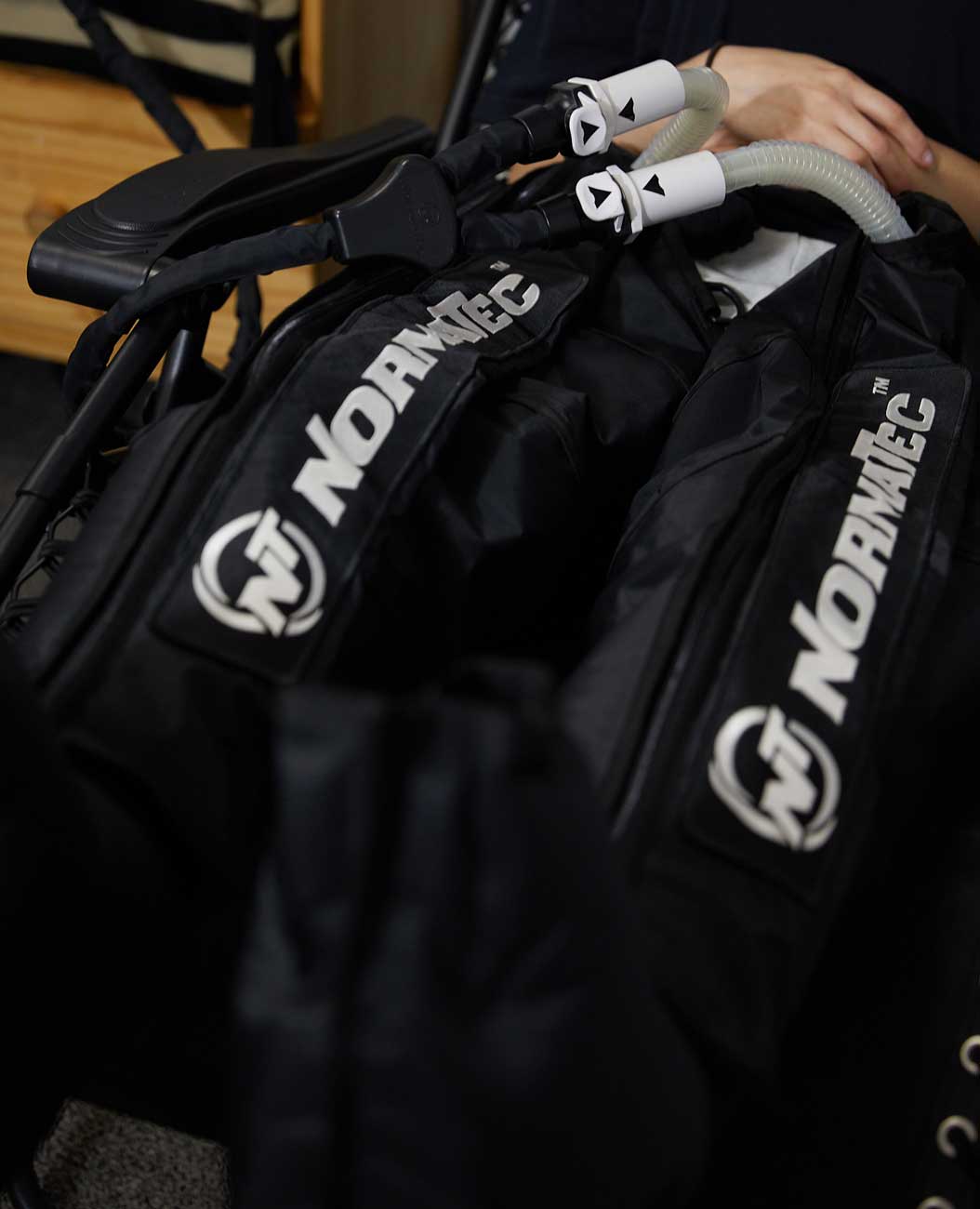
Massage Services
Lymphatic drainage massage is a therapeutic technique designed to encourage the movement of lymph fluid through the lymphatic system. The lymphatic system plays a crucial role in maintaining the body’s fluid balance, filtering waste, and supporting the immune system by transporting lymph fluid containing white blood cells and other substances.
The lymphatic system does not have its own pump like the heart for the circulatory system. Instead, lymph fluid relies on muscle contractions and movements in the body to flow properly. Lymphatic drainage massage is designed to help facilitate this movement by using gentle, rhythmic, and specific massage techniques.
Geriatric massage is a specialized form of massage therapy that is tailored to meet the needs of elderly individuals. As people age, their bodies undergo various physiological changes, and they may experience specific health conditions and mobility issues that require a more gentle and tailored approach to massage.
Sports massage is a specialized form of massage therapy that is designed to meet the needs of athletes and individuals engaged in sports or various physical activities. It focuses on improving athletic performance, promoting recovery, preventing injuries, and enhancing overall well-being.
Hot stone massage, also known as hot stone therapy, is a popular and relaxing massage technique that involves the use of smooth, heated stones to enhance the therapeutic benefits of the massage. The heat from the stones helps to warm and relax the muscles, allowing the massage therapist to apply deeper pressure to those areas if needed.
The massage therapist may also use the heated stones as an extension of their hands and incorporate them into the massage strokes. The combination of heat and massage helps to promote relaxation, relieve muscle tension, improve blood flow, and induce a sense of calmness and well-being.
Deep Tissue Massage
Deep tissue massage is a type of massage therapy that focuses on reaching the deeper layers of muscles and connective tissues.
Here are some key aspects of deep tissue massage:
- Intense pressure: The massage therapist applies firm pressure to access the deeper layers of muscles and tissues. This pressure can sometimes be intense, but it should never cause pain or discomfort that goes beyond the client’s tolerance.
- Focus on specific areas: Deep tissue massage is often used to address specific issues, such as chronic muscle tension, adhesions (knots), scar tissue, and areas of restricted movement.
- Beneficial for chronic pain: Deep tissue massage can be beneficial for individuals who experience chronic pain or discomfort in certain areas. By releasing tension and knots in the deeper muscles, it may help alleviate pain and improve mobility.
- Communication with the therapist: It’s crucial for clients to communicate with the massage therapist during a deep tissue massage. The therapist will adjust the pressure and technique based on the client’s feedback to ensure a safe and effective session.
- Soreness after the massage: It is not uncommon to experience some soreness or stiffness after a deep tissue massage, similar to what might be experienced after a strenuous workout. This discomfort is usually temporary and should subside within a day or two.
Deep tissue massage is a therapeutic technique and can provide significant benefits for certain individuals, but it may not be suitable for everyone. It’s essential to consult with a qualified massage therapist to determine if deep tissue massage is appropriate for your specific needs and health condition
Trigger Point Massage
Trigger point massage, also known as trigger point therapy or myofascial trigger point therapy, is a form of massage that targets specific areas of muscle tension and discomfort known as trigger points. These trigger points are tight knots or bands within the muscle fibers that can be sensitive and may refer pain to other areas of the body.
Trigger point massage can be beneficial for various conditions, including:
- Muscle pain and tension: It can help reduce pain and discomfort in specific muscles or muscle groups.
- Range of motion improvement: By releasing tight muscles, trigger point massage can enhance flexibility and improve the range of motion in affected areas.
- Postural problems: Trigger point massage can address muscle imbalances caused by poor posture.
- Sports injuries: It is commonly used to aid in the recovery of sports-related muscle injuries.
- Headaches: Trigger points in certain muscle groups can contribute to tension headaches, and their release may help alleviate headache symptoms.
- Fibromyalgia: Some individuals with fibromyalgia may find relief from their symptoms through trigger point massage.
It’s essential to note that the therapist should have a good understanding of human anatomy and be able to identify trigger points accurately.
Contact Us
Phone: (310)978-7807
Email: info@rangeofmotionchiro.com
FAX: (310)765-4622
Address: 2850 Artesia Blvd. Ste. 201
Redondo Beach, CA 90278
Saturday 9 am - 3 pm (massage only)
